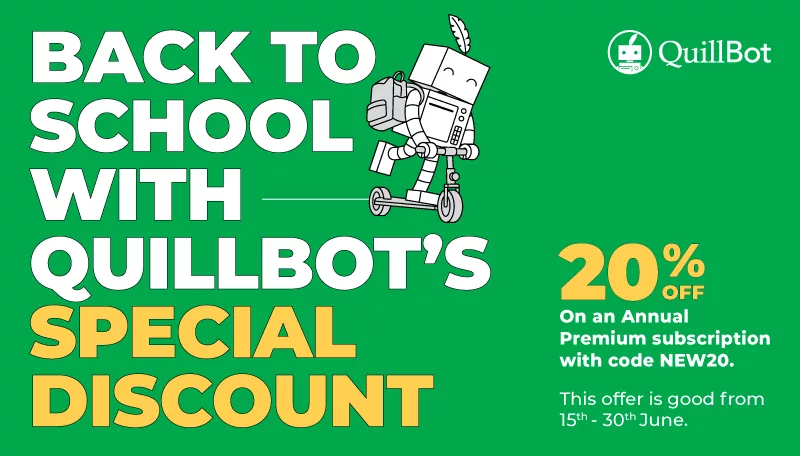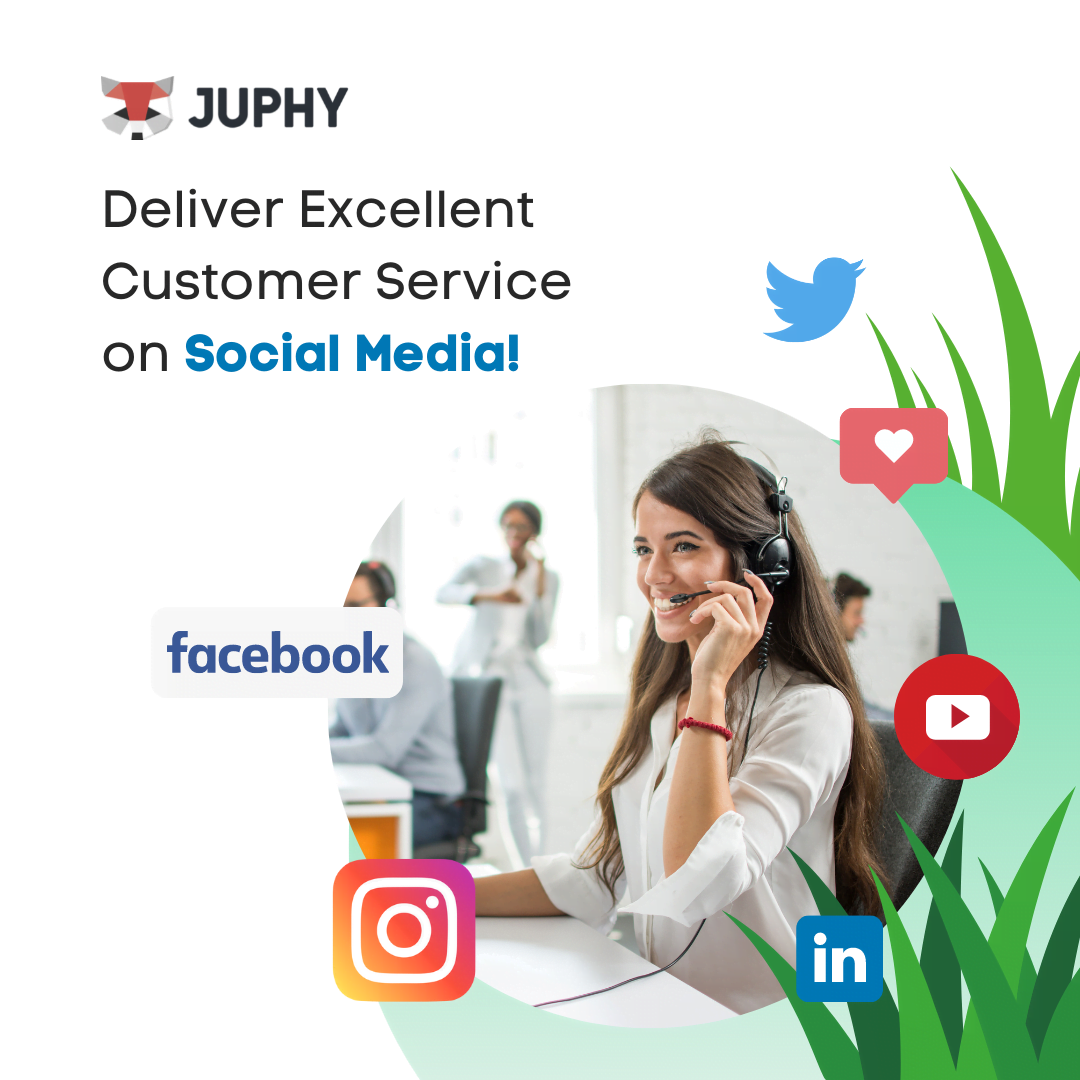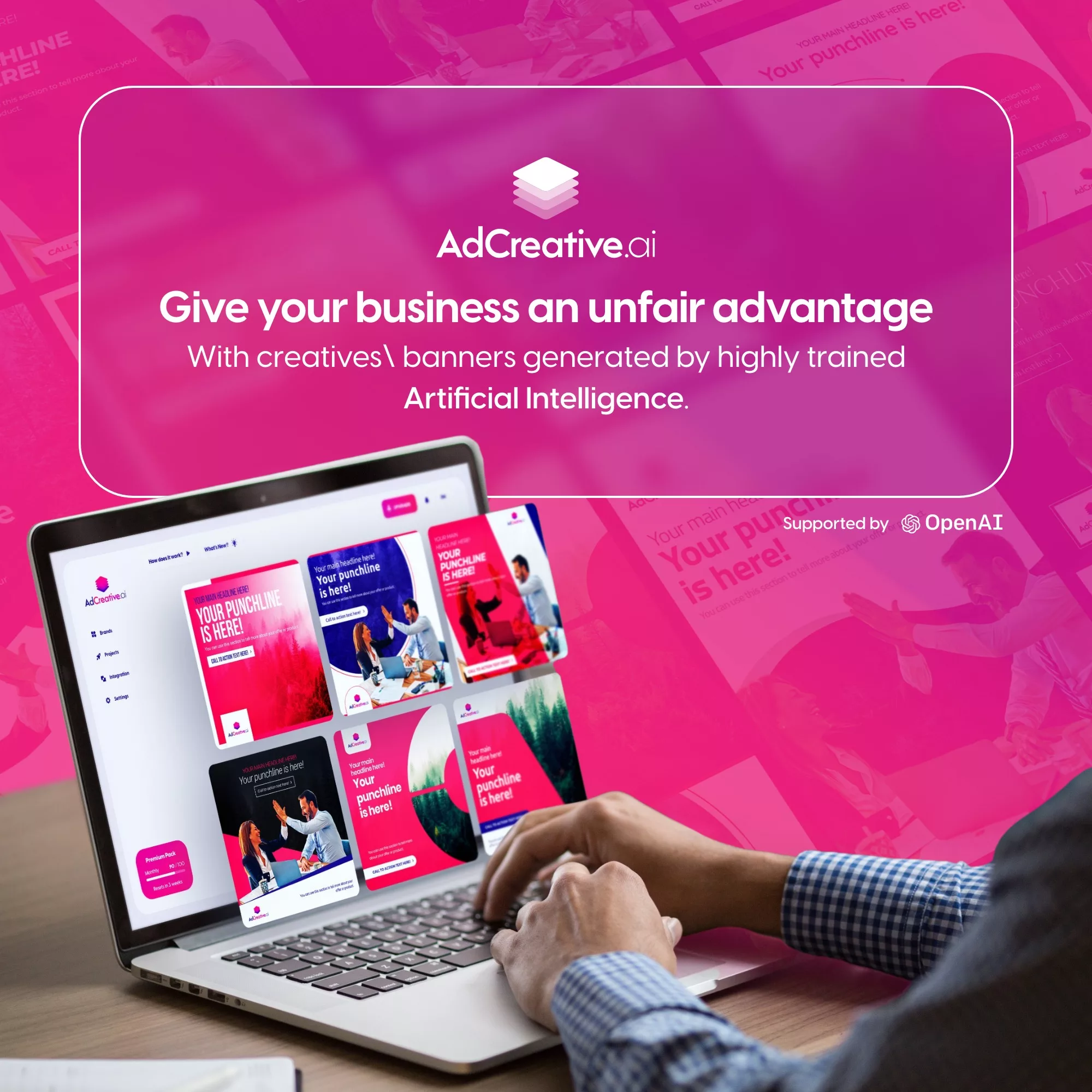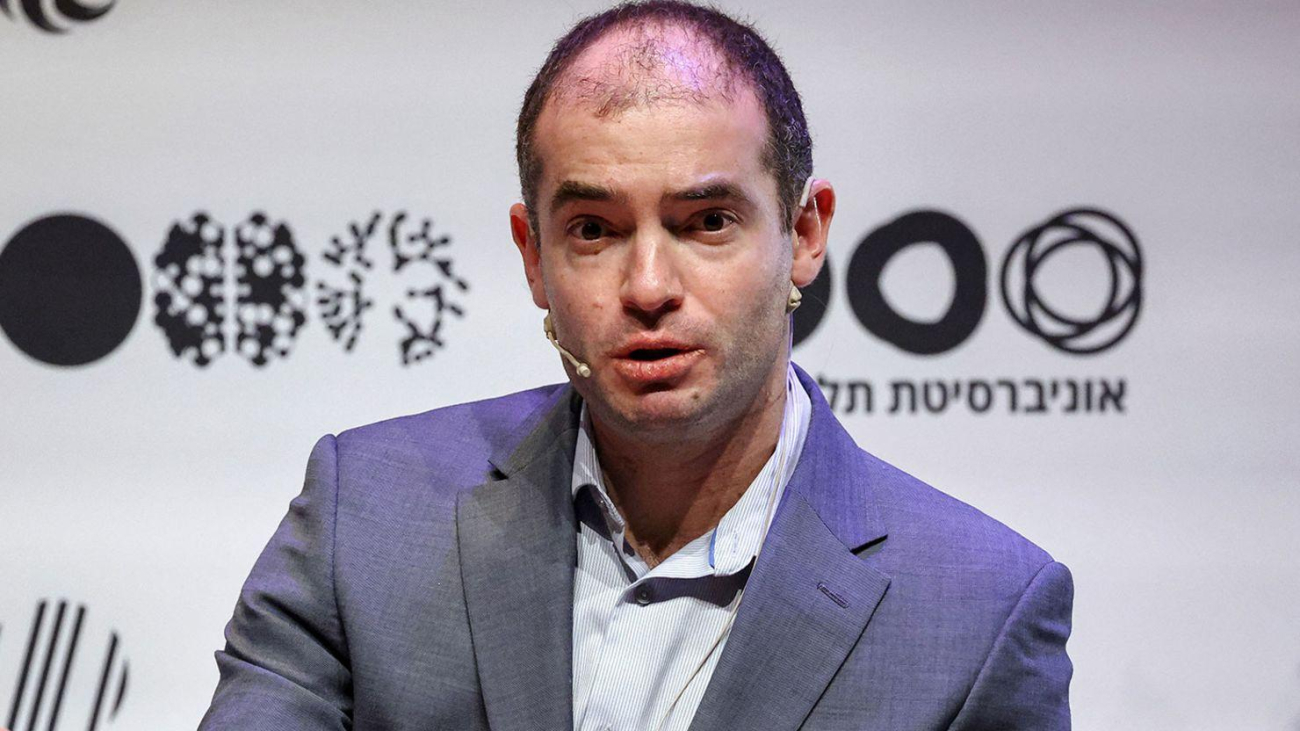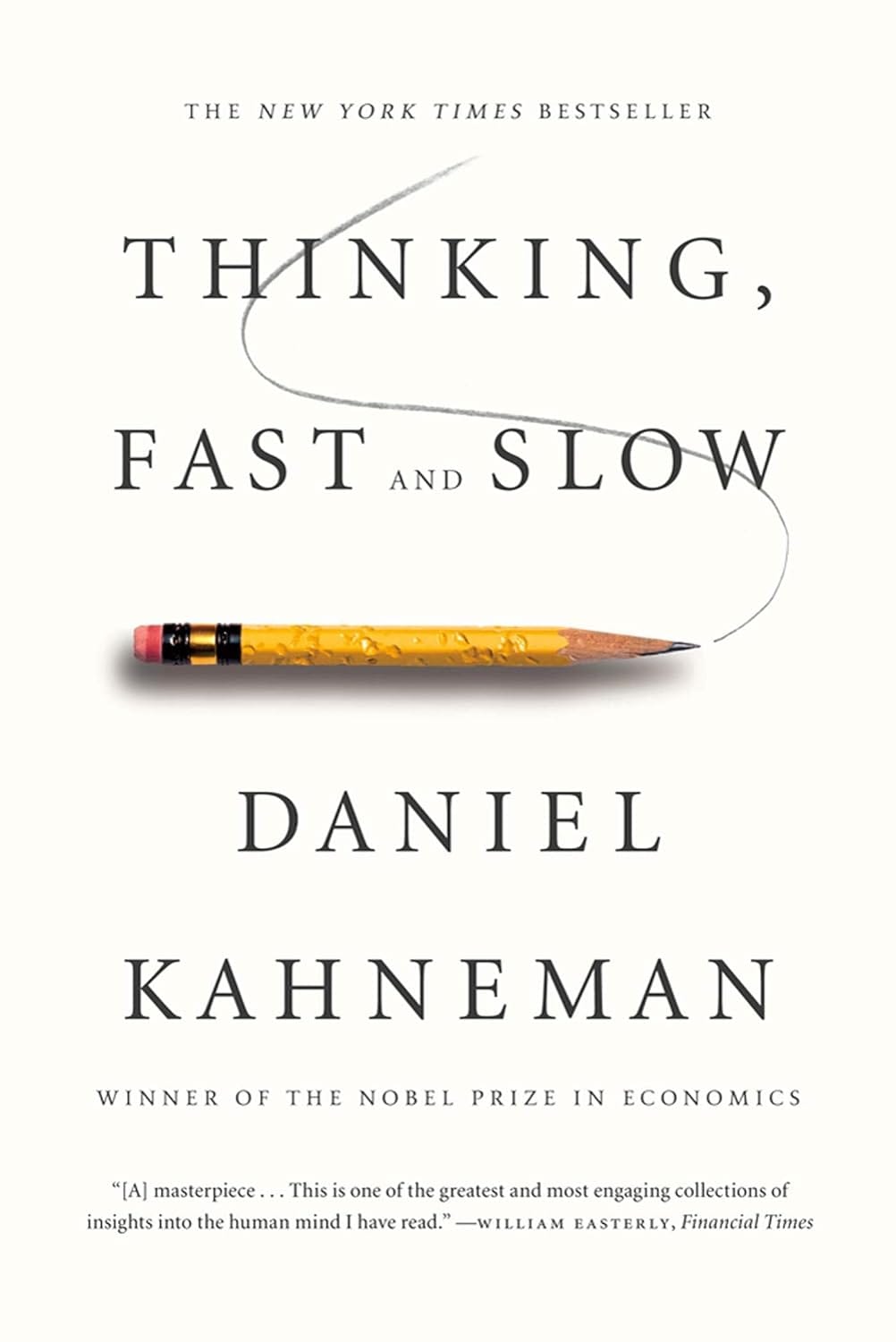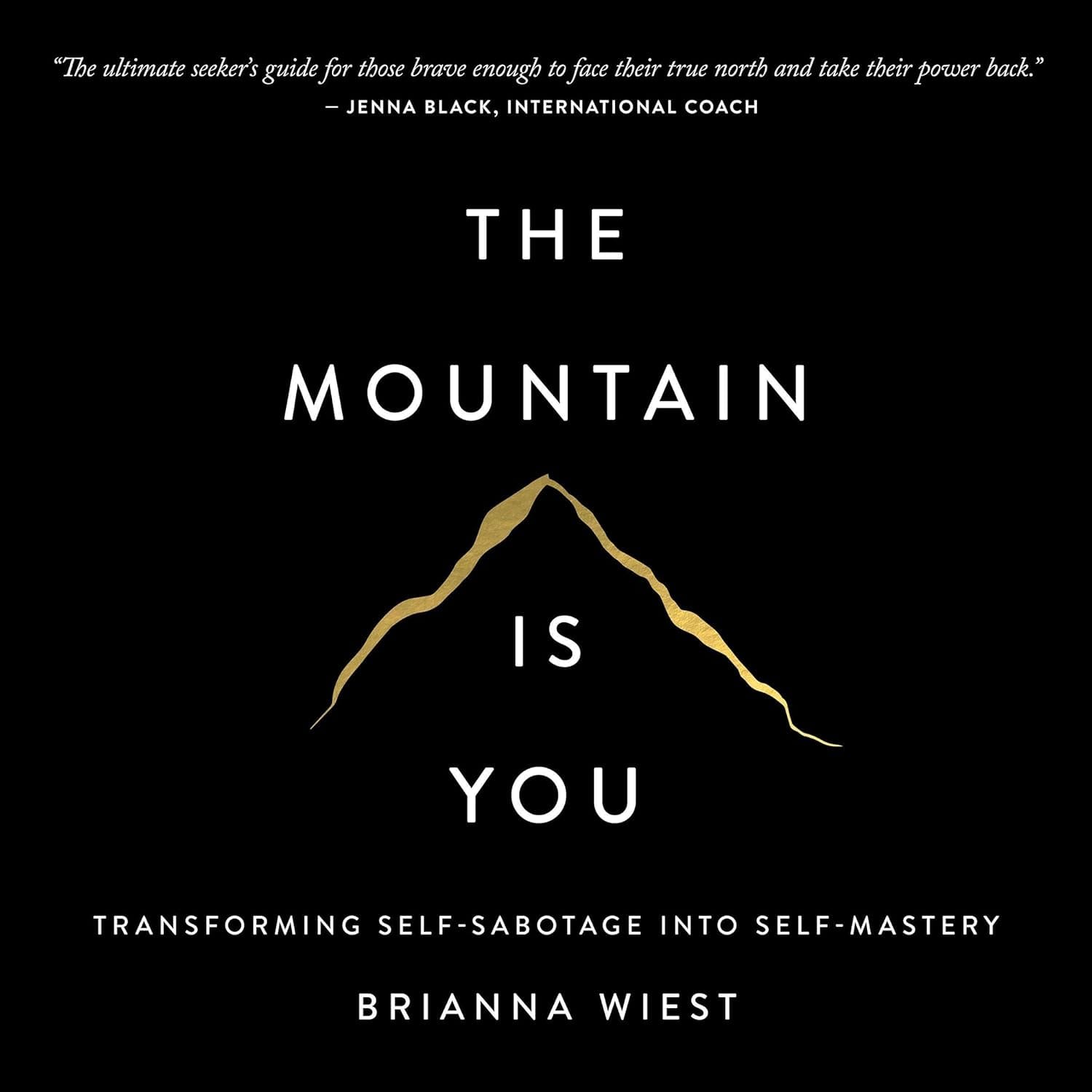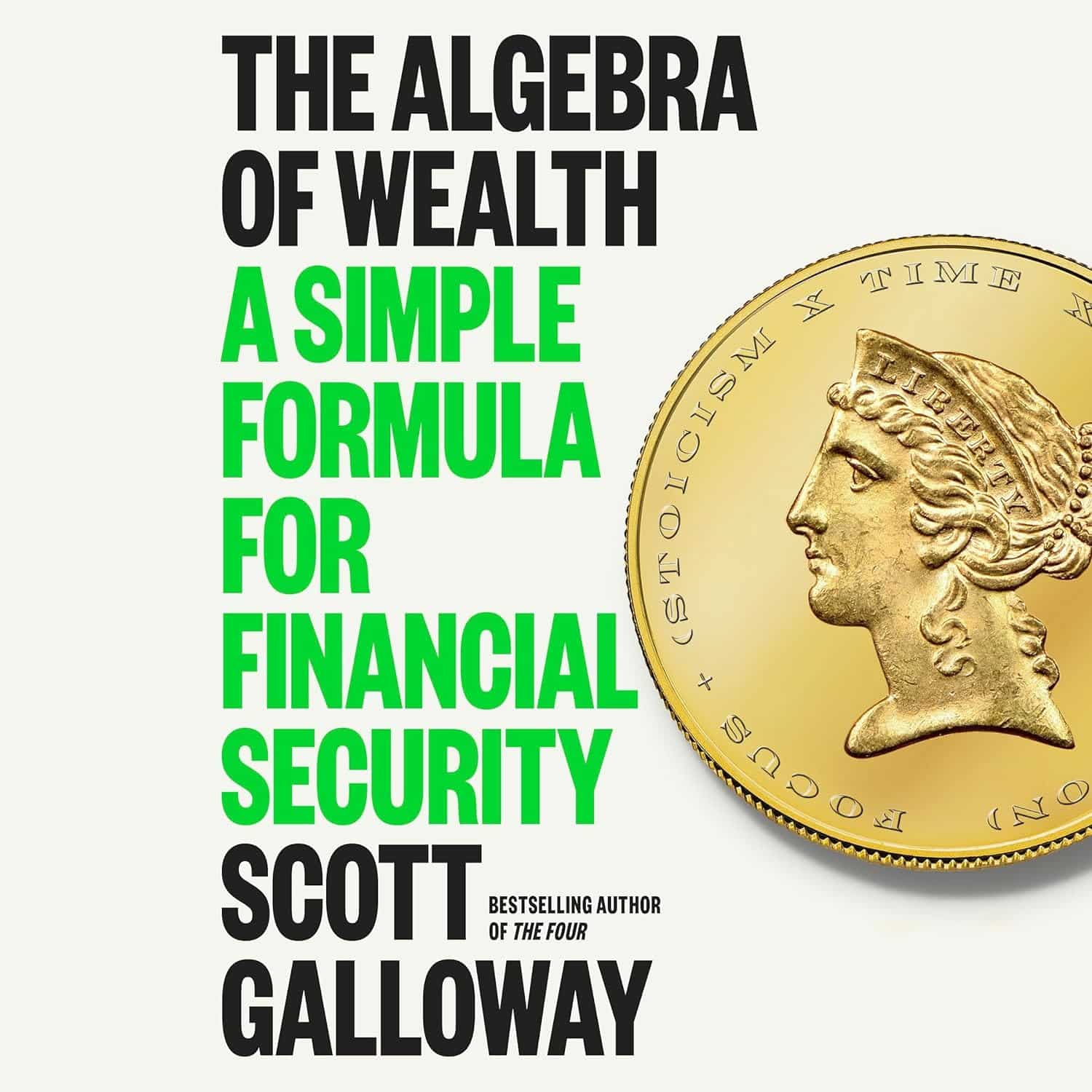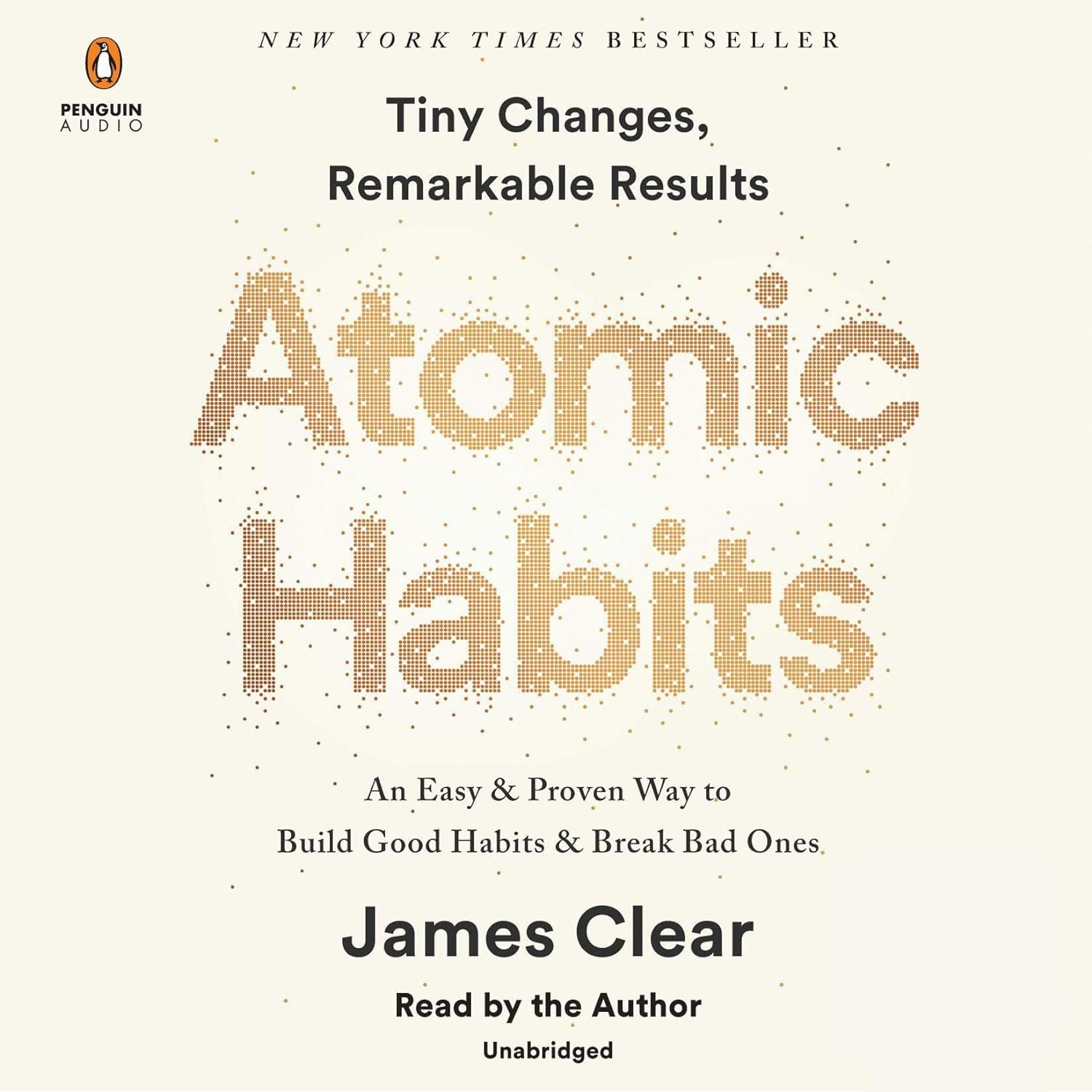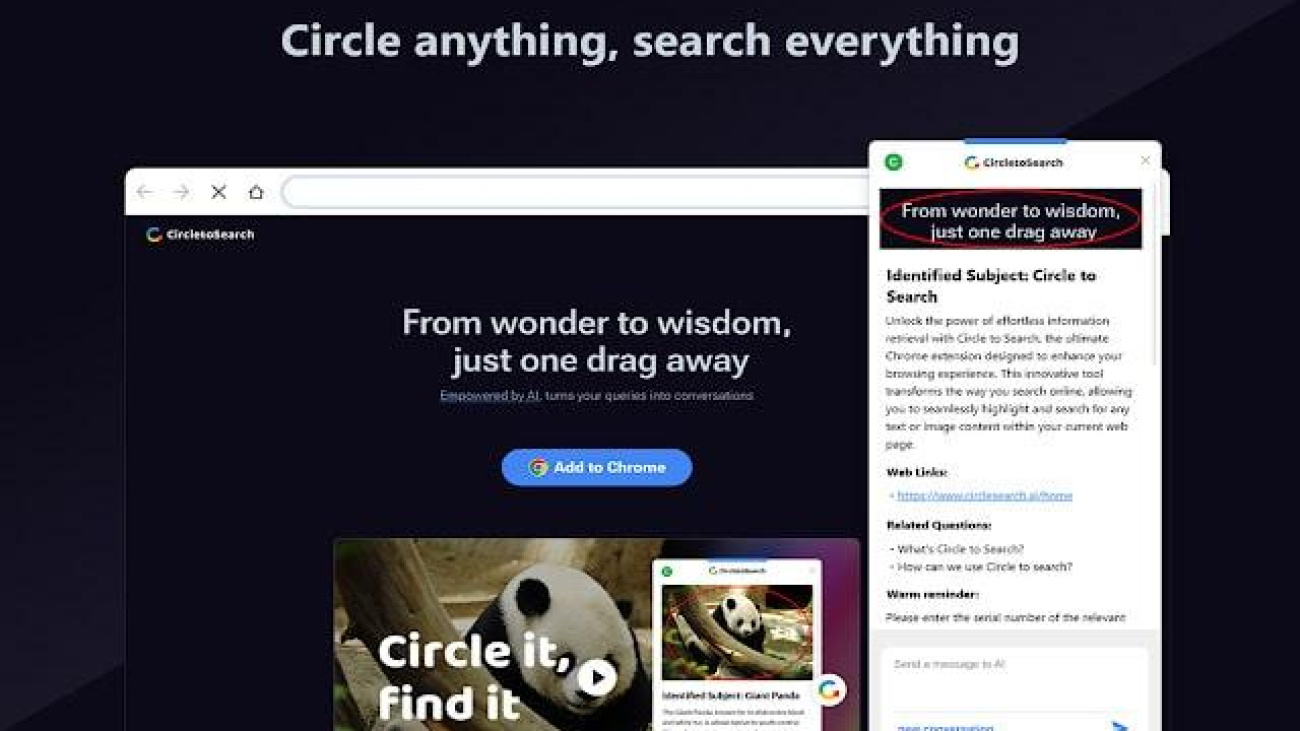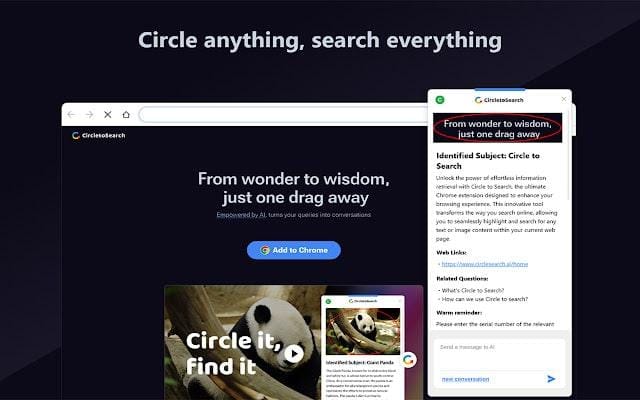Sony Music Group has recently taken a firm stance against the unauthorized use of its music for training artificial intelligence (AI) systems. In a bold move, the company has dispatched letters to over 700 tech firms and music streaming platforms, cautioning them against using its content without explicit permission. The letters, obtained by TechCrunch, suggest that Sony suspects some recipients may have already engaged in unauthorized practices involving its content.
The Growing Concern of AI and Music Rights
Sony Music acknowledges the transformative potential of AI but emphasizes the need for proper authorization when utilizing its content. Unauthorized use, the company argues, undermines both the control and rightful compensation owed to Sony and its artists. Among the stars represented by Sony are renowned names like Harry Styles, Beyoncé, Adele, and Celine Dion.
Protecting Intellectual Property
Sony Music’s extensive intellectual property portfolio includes not only audio and audiovisual recordings but also cover artwork, metadata, lyrics, and more. The company has not revealed the identities of the 700 companies addressed in the letters. However, Sony’s message is clear: the protection of its intellectual property is paramount.
Support for Innovation with Respect
In an official statement, Sony Music expressed support for artists and songwriters who embrace new technologies to advance their art. The company acknowledged that technological evolutions have historically reshaped creative industries and anticipates that AI will continue this trend. However, it insists that these innovations must respect the rights and copyrights of songwriters and recording artists.
Detailed Inquiry for Unauthorized Use
The letters sent by Sony demand detailed information from recipients. They are asked to specify which Sony Music songs were used to train AI systems, the methods of access, the number of copies made, the current existence of any copies, and the reasons for creating these copies in the first place.
Legal Enforcement and Compliance
Sony Music has set a deadline for the recipients to respond and has stated its intention to enforce its copyrights rigorously, to the fullest extent allowed by law across all jurisdictions.
The Broader Context of AI and Copyright Infringement
This initiative by Sony Music is part of a larger conversation about copyright infringement in the age of generative AI. Streaming platforms, such as Spotify, are increasingly encountering AI-generated music, raising concerns about the protection of original works. Even high-profile artists have been involved in controversial AI uses, such as Drake, who recently faced backlash for deepfaking the late rapper Tupac.
Legislative Responses to AI and Copyright
In response to these growing issues, new legislative measures are being proposed. Last month, Representative Adam Schiff, a Democrat from California, introduced a bill in the U.S. House of Representatives. If passed, this legislation would require AI companies to disclose the copyrighted songs used in training their systems.
State-Level Protections for Artists
Tennessee recently became the first state in the U.S. to implement protections for artists against AI misuse. Governor Bill Lee signed the Ensuring Likeness Voice and Image Security (ELVIS) Act, setting a precedent for other states to follow.
Sony Music’s proactive stance serves as a crucial reminder of the ongoing need to balance technological advancement with the protection of intellectual property rights. As AI continues to evolve, it is imperative that the rights of artists and creators are upheld, ensuring they receive due recognition and compensation for their work.



